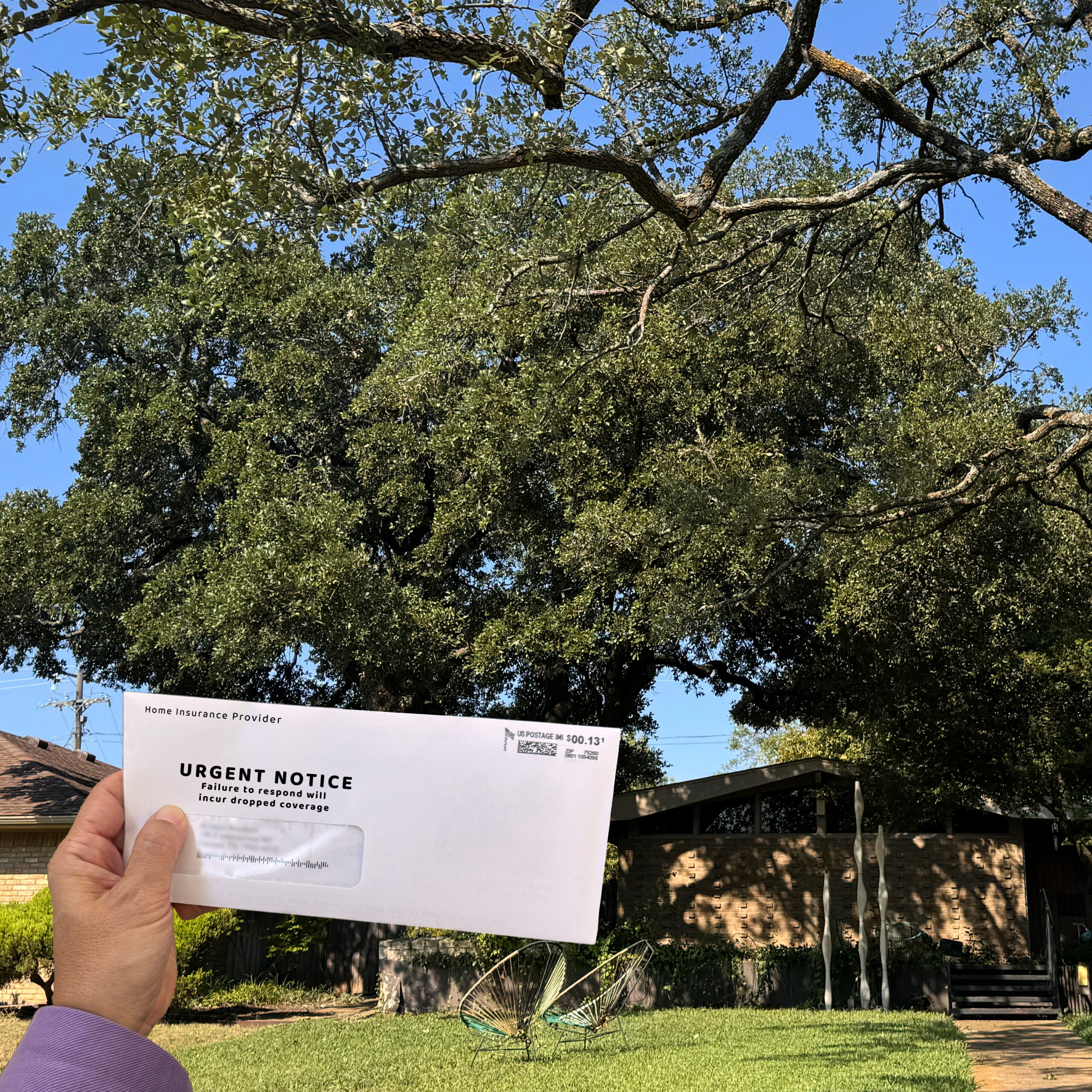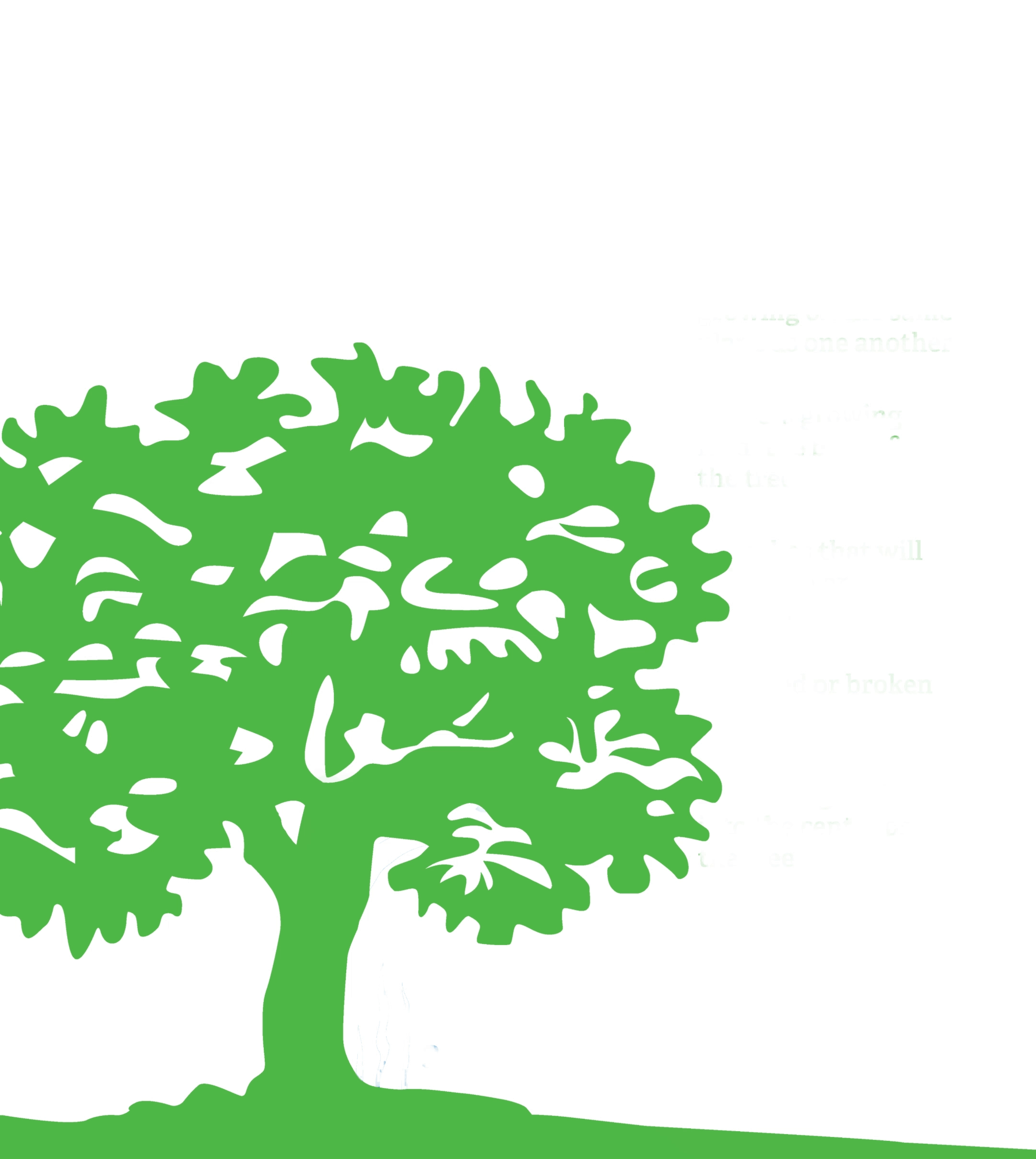Over Pruning Damages Tree Health

With tree trimming less is more! A well educated climber who loves trees and follows the best practices of the industry will remove less with strategic cuts. Once a tree has had a large amount of the canopy stripped it becomes costly to rehabilitate it with restoration pruning.
Negative effects of over trimming:

More Likely to Have Limbs Break
- We know this seems counterintuitive, but when all the weight is at the end of a limb or branch rather than spread across (lion tailing) it increases the amount of force on the branch.
- This is why strategic cuts to reduce weight are so important.

Increased Risk of Decay
- Sunscald occurs when temperature gets too high and kills the exposed bark. Without the internal leaves the tree is overexposed.
- This creates large wounds that the tree can not heal which will lead to disease and decay.

Reduced Food Production Reducing Overall Health
- Trees like humans need the proper nutrients to survive. During the summer when heat reaches well beyond 98° the leaves in the outer company are too hot to produce food. Only the interior leaves that are shaded and cooler are able to produce food for the tree.
- When the interior leaves are removed there aren’t any leaves able to produce food for the tree. The tree won’t have enough energy to deal with other environmental stressors.

Change in Weight Distribution Causes Increased Risk
- Trees adapt and grow to their environment. This includes structure and extra response wood to areas that need extra support. Altering this by removing large limbs that the tree has grown for years changes the structure of the rest of the tree.
The Tree Care Industry Association has published accepted tree care standards for the United States which cover all aspects of caring for trees, including proper trimming techniques. In general, pruning cuts should be as small in diameter as possible to achieve the desired goals, and cuts should leave the branch collar, the ridge of bark where the branch attaches, intact. As much living material should be left on the tree as possible, with the Texas A&M Forest Service recommending that no more than 25% of living canopy be removed at any one time.
While different pruning objectives might require different methods, “lion tailing” is never a part of a natural trim, and topping trees without regard for long-term health or stability is never acceptable.

At Texas Tree Surgeons we follow TCIA and ANSI best practices for all of our tree care. Urban trees unlike forest trees need regular pruning to keep people and property safe. The best way to ensure your tree is being trimmed properly is to only use ISA Certified Arborists. If you have any tree questions don’t hesitate to get in touch!
Related Blogs
Similar blogs related to this topic


Facts About Home Insurance & Trees
It’s becoming way too common, especially in Texas, homeowners receiving a threatening letter from their insurance company to drastically remove all tree limbs over a structure to prevent them from falling onto the house. Don’t…
Read more
How Often Should You Trim Your Trees?
Tree trimming is a crucial part of maintaining a healthy, safe, and beautiful yard. But how often should you really be trimming your trees? We’ll explore the ideal trimming schedule for your trees and why…
Read more

What is Prescription Pruning Qualification?
Prescription Pruning Qualification is vital for anyone involved in the care and maintenance of trees, ensuring they are pruned correctly and sustainably. This qualification is built from the years of research from industry leaders such…
Read more
